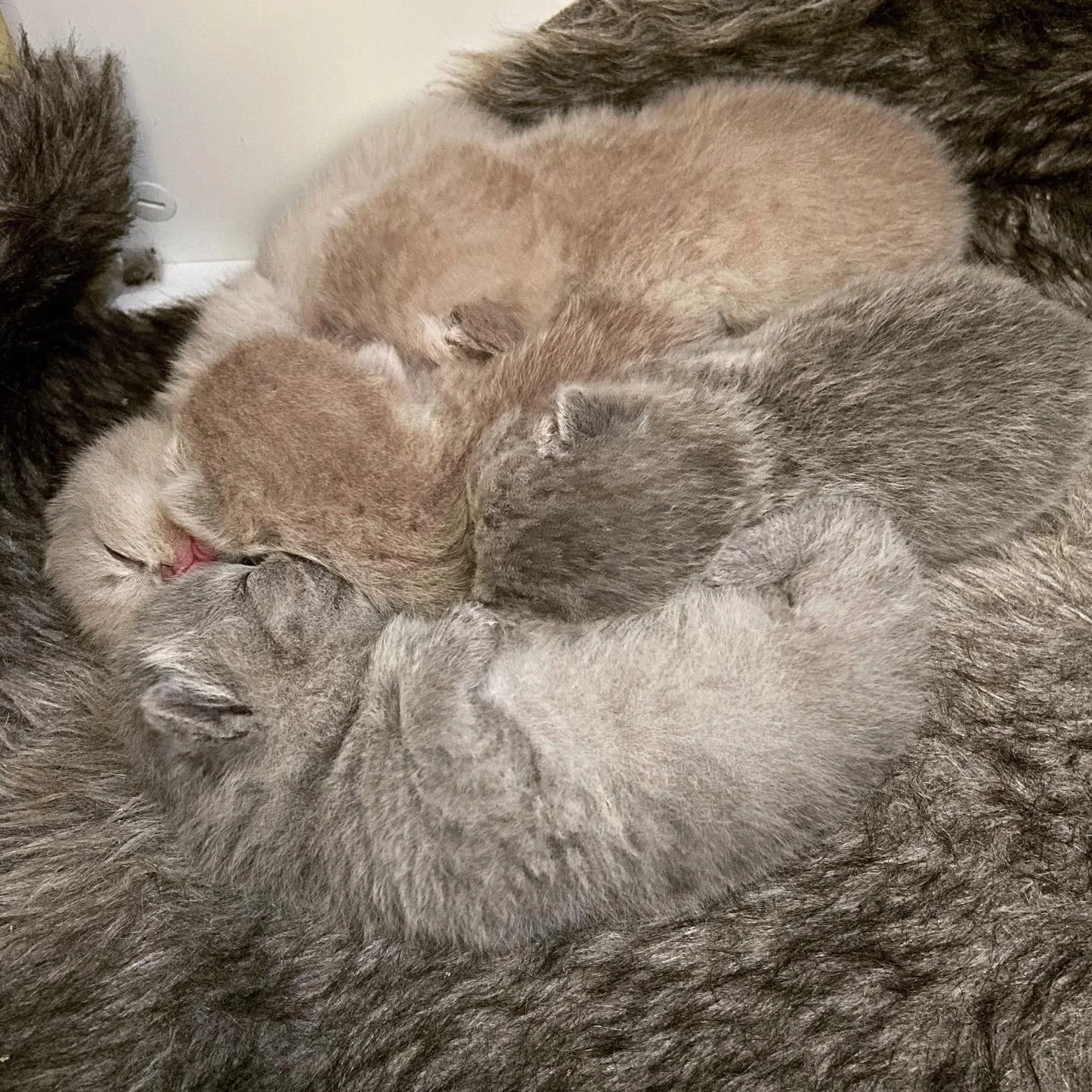Kids and cats/kittens
Many pets enter a family because the children want it so much and there is nothing wrong with that. It is very good for the social development of children when they grow up with animals, they learn to take responsibility for a living being. In addition, a child can be of great comfort, it is an animal that only reacts to the way it becomes self-processing. A sociable house cat that likes to be petted and cuddled can have a beneficial effect on children who are sad. After all, a species can tell everything to the cat, who always has a listening ear and will never keep the trust.
However, never assume that your children will take care of the cat. Children do not yet have such a great sense of responsibility and with a few exceptions, the news quickly wears off for children so that the care of the cat will eventually come down to you. Given the advanced age, it cannot be ruled out that the children have already left the house. how the cat is still in the prime of its life. responsibility for a pet cannot be realized in children up to the age of about eleven to twelve years. Until that age children are still very playful and cannot see well.
A child from the age of four can occasionally be asked to put down a bowl of water or food for the cat. However, the parents should not blindly assume that the child is actually doing it. That is not an unwillingness or cruelty on the part of the child, it is simply not yet mentally ready to take responsibility. Later, a child can help clean the litter box and brush the cat. If you buy a cat, never do this only for the children, you will also have to enjoy it yourself.
The role of the parents
When your children are 'whining' about having a cat as a pet, assume that as a parent you must always bear the responsibility for good care and nutrition for the animal. Of course it is also up to the parents to teach the children that they must respect an animal. That it is not a rag doll that can be carried everywhere, that the animal - just like the child - wants to eat quietly, wants privacy on the litter box and wants to retreat every now and then to sleep or rest.
The role of the parents is very important in this, because otherwise the interaction can be less harmonious, especially for the cat. If a cat does not feel calm anywhere and is constantly being lifted and disturbed in its activities, the cat will soon start to hate the child or even become afraid of it. That can never be the intention.
A responsible parent therefore ensures that the children know how to approach and lift the cat and teaches the children that the cat should not be chased. But it is also useful for the most well-bred children if the cat has an escape route, a place where the child cannot reach and where the animal feels safe. This can be on top of a cupboard or a large scratching post, or a cat flap through which it can go into the garden. In addition, it is wise to pay extra attention if you have cats and children.
Check the tumble dryer or washing machine carefully before turning it on, there may be a cat in it. Teach the children that a door may only be closed when the cat is completely inside, including tail. Many vets can write volumes about cat tails damaged beyond repair in this way. Small children do not yet understand such things very well, that is the responsibility of the parents who must be alert to this. Also teach the child to stay away from the water and cat food. This is not because the dry kibble is bad for the children, no child has yet become ill from cat food. It is mainly the intention that the cat has no food competitor to the child.
If the cat is sleeping, it should be left alone. It is best to put the cat in a separate room. In all the hustle and bustle, a parent cannot keep an eye on everything and the event may be too stressful for the cat. So he has a quiet place.
